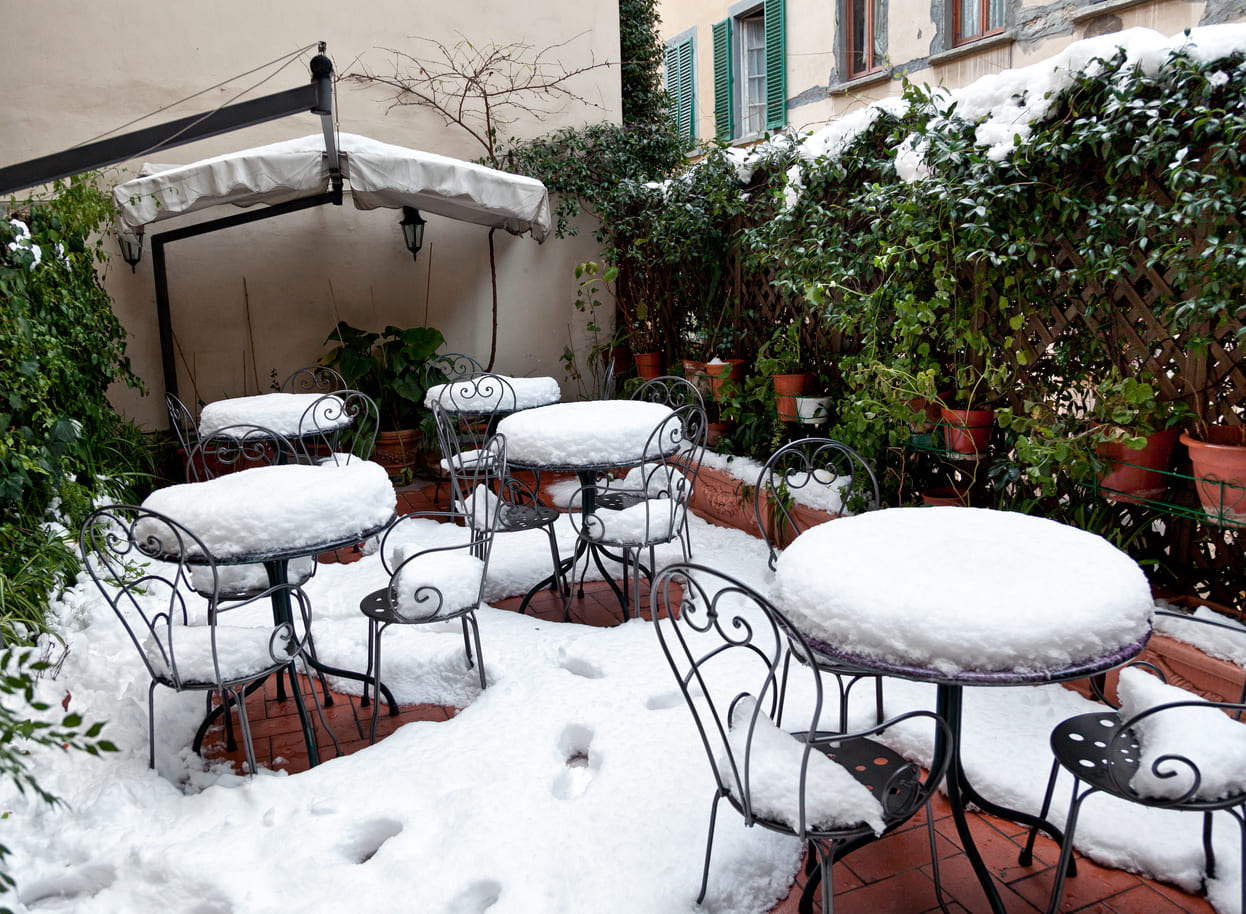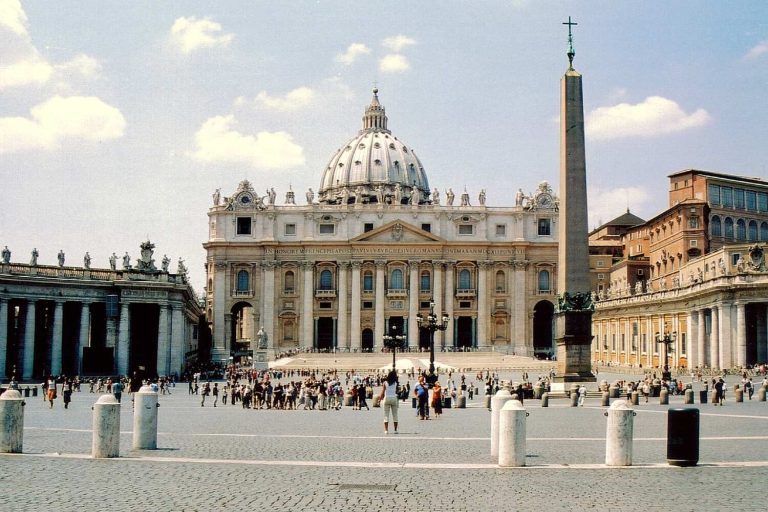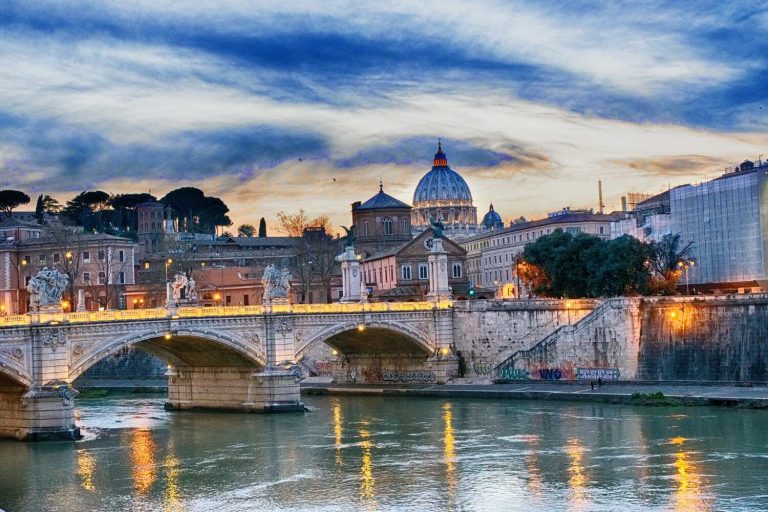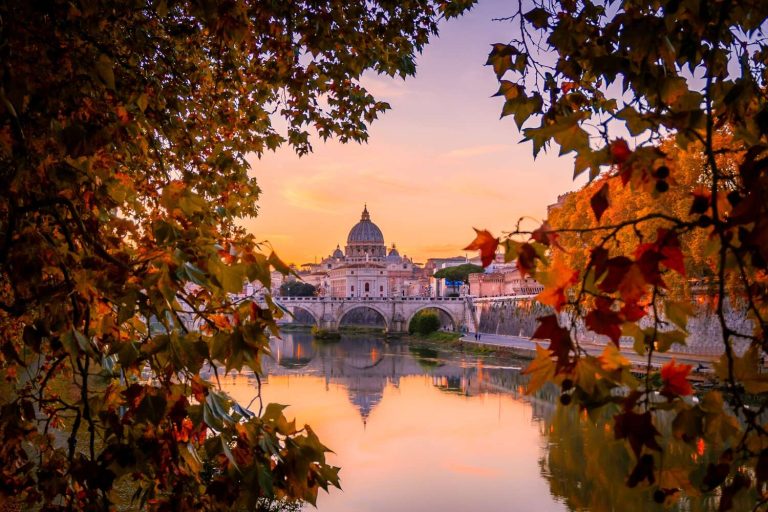Does It Snow in Rome? The Complete Winter Weather Guide

Unraveling a Roman Winter Mystery
When you picture Rome, what comes to mind? Likely, it’s the golden sun casting long shadows from the Colosseum’s arches, warm breezes rustling the cypress trees, and vibrant piazzas bustling with life under a brilliant blue sky. But what about winter? As the days grow shorter and a chill enters the air, a curious question often arises for those planning a trip or simply dreaming of the Eternal City: does it snow in Rome?
The idea of iconic ancient monuments draped in a pristine white blanket is undeniably romantic. But is it a realistic expectation or just a traveler’s fantasy? The answer is complex and fascinating, weaving together climate science, geography, and centuries of history. While you shouldn’t pack your snow boots just yet, the story of snow in Rome is more intriguing than a simple yes or no.
This definitive guide will explore every facet of this question. We’ll delve into the typical winter weather in Rome, explain the scientific reasons behind its climate, and look back at the historic moments when the city was transformed into a winter wonderland. We will answer how often does it snow in Rome and break down the chances month by month, from December to February. Let’s embark on a journey to discover the truth about snow in Italy‘s magnificent capital.
The Short Answer and The Science Behind It
Let’s address the main question head-on: Does it snow in Rome? Yes, it does—but it is an exceptionally rare event. A light dusting of flakes that melts on contact might occur every few years, but a significant, accumulating snowfall that blankets the city is a once-in-a-decade (or even rarer) phenomenon. For Romans, a real snowfall is a major event, something to be remembered and talked about for years to come.
So, why is snow such a novelty here? The answer lies in Rome’s geography and its classic Mediterranean climate.
The Mediterranean Climate Explained
Rome is located in the central-western part of the Italian peninsula, only about 24 kilometers (15 miles) from the Tyrrhenian Sea. This large body of water acts as a massive thermal regulator. In winter, the sea retains heat from the summer months and releases it slowly, keeping the coastal regions, including Rome, significantly milder than inland or more northern areas.
For snow to form and settle, the temperature at ground level needs to be at or below freezing ($0^\\circ C$ or $32^\\circ F$). Thanks to the sea’s influence, Rome’s average winter temperatures typically hover comfortably above this mark. Even during the coldest part of the year, daytime temperatures usually range from $10^\\circ C$ to $13^\\circ C$ ($50^\\circ F$ to $55^\\circ F$), while nighttime lows rarely drop below freezing for extended periods.
The Role of the Apennine Mountains
The Apennine Mountains, which run down the spine of Italy, also play a crucial role. They act as a natural barrier, often shielding Rome from the coldest Arctic air masses that sweep down from northeastern Europe. While these mountains get plenty of snow themselves, they effectively protect the capital from the harshest winter weather, further reducing the likelihood of snowfall in the city itself. For snow to happen in Rome, a very specific and powerful weather pattern is required—one that can overcome both the sea’s warmth and the mountains’ protection.
How Often Does It Snow in Rome? A Look Back at History
While rare, snowfalls in Rome are not impossible. They are meteorological marvels that require a perfect storm of conditions, typically involving a blast of frigid air from Siberia, known as the “Buran.” When these events happen, they are spectacular. Let’s look at some of the most famous snowfalls in the city’s modern history.
This historical context is key to understanding just how infrequent these events are. If you plan to visit Rome in winter, these stories illustrate why seeing snow would make your trip truly extraordinary.
The Legendary Snowfalls of 1956 and 1985/86
Older Romans still speak with a sense of wonder about the “nevicata del secolo” or “snowfall of the century.” The winter of 1956 saw the city paralyzed by heavy snow, an event so unusual it has become legendary.
Even more famous was the double snowfall in the winter of 1985-1986. In January 1985, a wave of Siberian cold brought heavy snow, blanketing the city in over 15 cm (6 inches). The city, completely unprepared, ground to a halt. Schools closed, transportation failed, and Romans famously took to the streets on skis. Then, in February 1986, it happened again, cementing that period in the city’s collective memory as a truly exceptional winter.
The Recent Winter Wonderlands of 2012 and 2018
More recently, two significant snowfalls have captured the world’s imagination, largely thanks to social media. In early February 2012, a powerful cold snap brought the first substantial accumulation of snow in over 25 years. The sight of the Colosseum, the Roman Forum, and St. Peter’s Square covered in a thick layer of white was breathtaking. The event was so impactful that news outlets like the BBC reported on the city’s magical transformation and subsequent disruption.
Six years later, at the end of February 2018, it happened again. Another blast of Siberian air, nicknamed “Burian,” turned the Eternal City white overnight. The images were stunning: snowball fights in Piazza Navona and snow-covered palm trees. This event reinforced the pattern: significant snow in Rome is a late-winter phenomenon, requiring a potent and direct wave of polar air. These events show that while the answer to “does it snow in Rome” is “rarely,” it is not “never.”
A Month-by-Month Guide to Roman Winter Weather
To give potential visitors a clearer picture, let’s break down the winter months and the specific probability of seeing snow in each.
Does It Snow in Rome in December?
December in Rome is generally mild and festive. The city is adorned with Christmas lights, and markets pop up in famous squares. The weather in Rome during this month is typically cool and can be damp, with average temperatures ranging from $4^\\circ C$ ($39^\\circ F$) at night to $13^\\circ C$ ($55^\\circ F$) during the day.
While frost is possible on the coldest mornings, snow is exceptionally unlikely in December. The sea is still relatively warm, providing a strong buffer against any early cold snaps. Historically, significant December snowfalls are almost unheard of. You should pack for cool and rainy weather, but not for snow.
What About Snow in January?
January is, on average, the coldest month of the year in Rome. This is when the city experiences its most “wintry” weather. Nighttime temperatures can and do dip to freezing or slightly below, especially in the suburbs away from the urban heat island effect.
Because it’s the coldest month, January technically has the highest statistical probability of a snow event. However, “highest” is a relative term. The chance remains extremely low. Most days are either crisp and sunny or overcast and rainy. While you might see a few fleeting snowflakes mix in with rain during a particularly cold spell, a measurable accumulation is still a headline-making event.
The Possibility of Snowfall in February
February continues the cold trend of January, but as the month progresses, signs of spring begin to emerge. However, February can be a month of surprises. As the historic snowfalls of 1986, 2012, and 2018 demonstrate, late February is a “sweet spot” for the specific weather patterns that can bring snow to Rome.
This is because the Siberian High pressure system is often at its strongest late in the winter, and if it pushes westward with enough force, it can bring a dramatic and rapid drop in temperature to Italy. So, if you were to place a bet on seeing snow, late February would be the time, but the odds would still be overwhelmingly against you.
Does It Snow in Italy? Rome vs. The Rest of the Country
To fully appreciate Rome’s climate, it’s helpful to ask the broader question: does it snow in Italy? The answer is a definitive yes, but Italy’s weather is incredibly diverse. The country can be broadly split into three climate zones, and Rome’s experience is very different from other regions.
The Snowy North and The Mountainous Spine
Northern Italy, particularly the regions in and around the Alps and the Po Valley, experiences a much more continental winter. Cities like Milan, Turin, and Bologna see snow almost every year. The proximity to the Alps and the distance from the sea’s warming influence mean colder temperatures and regular snowfall are a normal part of winter life.
Similarly, the Apennine Mountains that run through the center of the country receive abundant snowfall, hosting numerous ski resorts. A short drive from Rome can take you to mountain towns where snow is a given.
Rome’s Mild Central Position and the Hot South
Rome sits in a transitional zone. It is far enough south to benefit from the mild Mediterranean climate but still subject to the occasional cold snap that doesn’t reach the far south. Regions south of Rome, like Sicily and Calabria, have even milder winters where snow at sea level is virtually non-existent, though it can fall on higher peaks like Mount Etna. This comparison highlights just how unique Rome’s position is and why its weather is so different from what you might find in Northern Italy.
Planning Your Winter Trip to Rome
So, you’ve accepted that a snowy Roman holiday is unlikely. Is it still a good time to visit Rome? Absolutely! Winter offers a unique and wonderful experience.
What to Pack and How to Prepare
The key to enjoying Rome in winter is packing smart. Forget the snow gear and focus on layers.
- A Warm, Waterproof Jacket: Essential for both rain and wind.
- Layers: Bring sweaters, long-sleeved shirts, and thermal tops that you can add or remove as you go from a cold street into a warm museum.
- Comfortable, Waterproof Footwear: You’ll be doing a lot of walking on ancient cobblestones, which can be slippery when wet.
- A Scarf, Hat, and Gloves: These are small items that make a huge difference in comfort on a cold, windy day.
The Perks of an Off-Season Visit
Visiting Rome in winter has significant advantages:
- Fewer Crowds: You can experience the Vatican Museums, the Colosseum, and other major sites with a fraction of the summer crowds.
- Lower Prices: Flights and accommodations are often significantly cheaper than during peak season.
- A More Authentic Atmosphere: Winter is when you can enjoy Rome alongside the Romans. Settle into a cozy trattoria, sip a rich hot chocolate (cioccolata calda), and enjoy the city at a more relaxed pace. For more tips on seasonal travel, you can consult a trusted resource like the official Italian National Tourist Board.
Frequently Asked Questions (FAQ)
1. So, what are my actual chances of seeing snow in Rome? Extremely low. While it’s not impossible, a significant snowfall happens, on average, less than once a decade. You are far more likely to experience cool, sunny days and periods of rain. Do not plan your trip around the hope of seeing snow.
2. How cold does it really get in Rome in winter? Average daytime temperatures are typically $10-13^\\circ C$ ($50-55^\\circ F$). Nighttime lows average $3-5^\\circ C$ ($37-41^\\circ F$). While it can occasionally drop to freezing or a degree or two below, it rarely stays that cold for long.
3. If it’s not snowing, what is the typical winter weather? A mix of conditions. You can have beautiful stretches of crisp, clear, sunny days, perfect for sightseeing. You will also likely encounter overcast, grey days with rain, which can range from a light drizzle to a heavy downpour.
4. Is Rome worth visiting in January or February? Yes, absolutely. These months offer the benefit of minimal crowds and lower prices. It’s a wonderful time for museum-hopping and enjoying Rome’s cozy indoor culture. Just be prepared for the cold and potential for rain.
Conclusion: Embrace the Roman Winter, Snow or Not
In the end, the question “does it snow in Rome?” reveals more about the city’s unique character than anything else. Snow is a magical, almost mythical event in the Eternal City—a beautiful anomaly that briefly transforms the familiar landscape into something ethereal and new.
For a featured snippet: It rarely snows in Rome. Due to its Mediterranean climate, significant, accumulating snowfall is a rare event, happening less than once a decade on average. Winters are typically mild and cool, with rain being far more common than snow.
You should not travel to Rome in winter expecting to see snow. Instead, you should travel there for all the other wonderful things a Roman winter offers: the freedom of crowd-free monuments, the warmth of a bustling trattoria on a chilly evening, the festive glow of holiday lights, and the chance to see the city as the Romans do. If, by some meteorological miracle, a few white flakes begin to fall from the sky during your visit, consider it a stroke of incredible luck—a rare and beautiful gift from the Eternal City.






